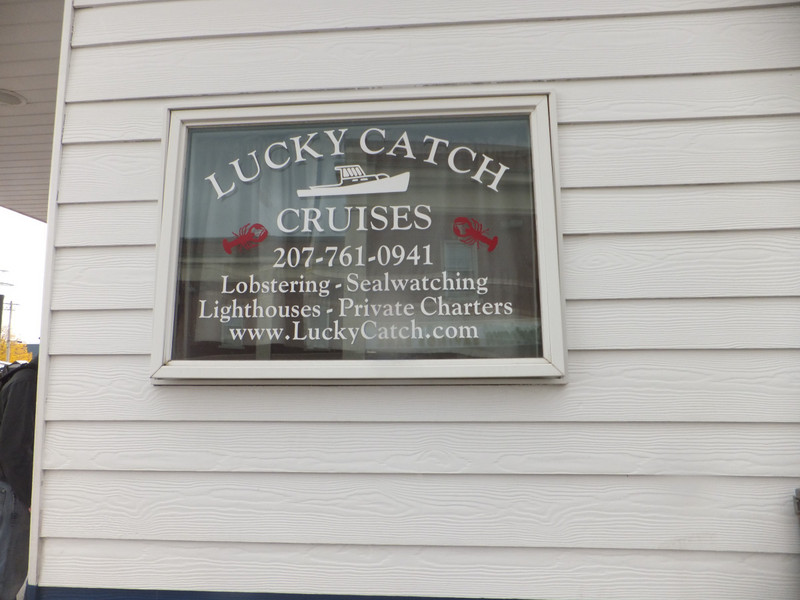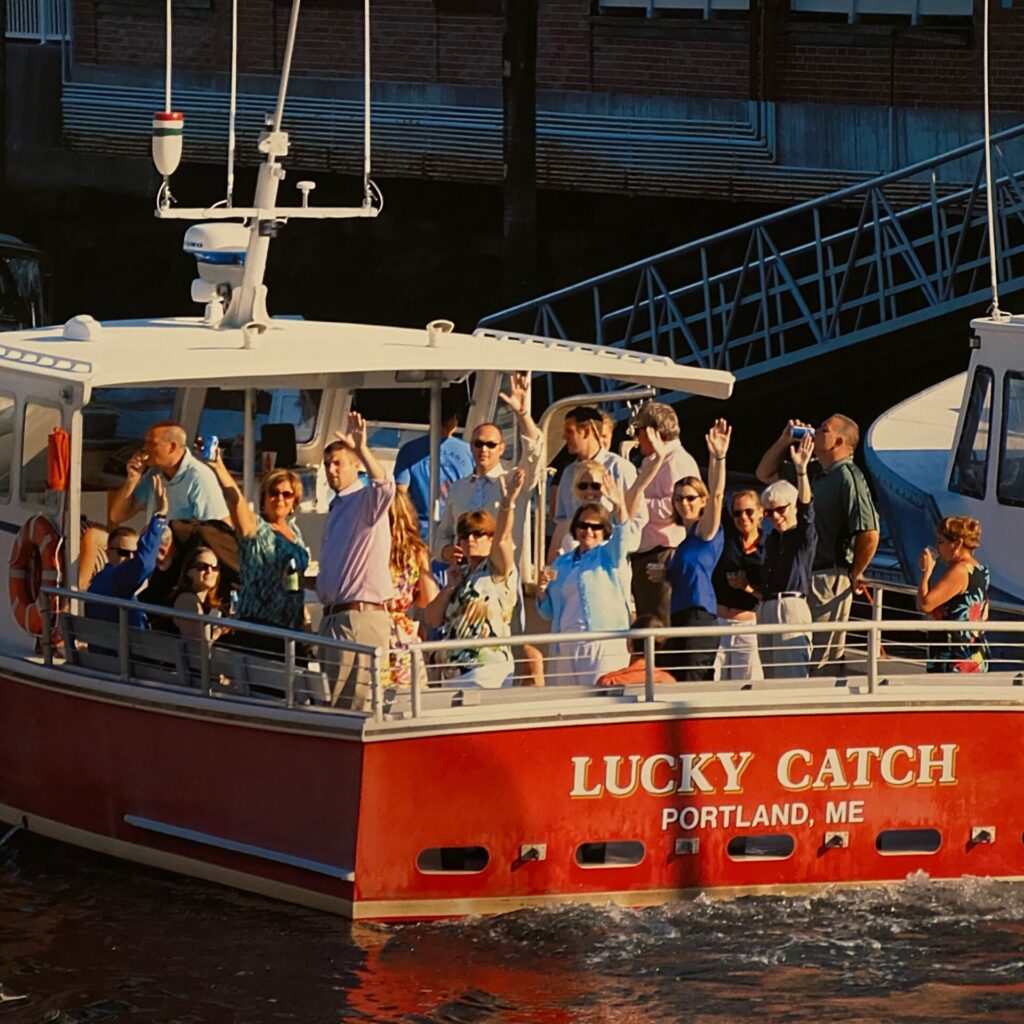

This proved crucial to Larson's theory, as he could retain control of the board in the second round indefinitely if he kept following the patterns. Larson also learned that the fourth square clockwise always contained the top dollar values and that in the second round, contestants were awarded an additional spin if they landed on those spots ($3,000, $4,000, or $5,000 in square four, and $500, $750, or $1,000 in square eight). Larson also discovered that the fourth and eighth squares (from number one in the top left corner, then clockwise around the board) always contained cash and never a "Whammy," a bandit-like cartoon character that, when landed on, resulted in the resetting of the player's score to zero, accompanied by an onscreen animation that showed the Whammy taking the player's earnings (with four of them eliminating a player from the game). He began playing along with the "Big Board" rounds to test his hypothesis and paused his VHS tape at various intervals. Larson began memorizing these patterns, increasingly confident he could predict when and where the randomizer would land. While watching, he noticed that the randomizer that moved the light indicator around the eighteen-square "Big Board" had only five patterns. Larson used his VCR to record episodes of Press Your Luck shortly after its premiere on CBS in September 1983.

The "+S" denotes spaces that awarded an additional spin, a feature critical to allowing Larson to go on his run. The board configuration from Round 2 used during the Press Your Luck episodes on which Larson appeared. He then laid himself off in order to earn unemployment benefits. Larson also started a fake business under the name of one of his family members and hired himself to work for the company. Larson withdrew the money as quickly as possible, closed the account, and then repeated the process under a different name. Another scheme involved opening multiple checking accounts with a bank that was offering a promotional $500 to every new customer.

In middle school, he often smuggled candy bars into class and tried to secretly sell them to make a profit. While he was often regarded as creative and intelligent, Larson had a preference for shady enterprises over gainful employment.
Catch your luck driver#
įor several years, Larson was a Mister Softee ice cream truck driver as well as an air conditioning mechanic.

One of his brothers, James, a chemistry teacher, and his wife Dinwitty considered him strange, as he thought he was smarter than everybody else. Two of their three children were named Jennifer, for whom Larson used his winnings to buy birthday presents, and Paul Michael Larson Jr. After getting married and divorced twice while very young, by 1983, Larson had a common law marriage with Teresa McGlynn Dinwitty. Since his death in 1999, Larson's game has re-aired on television at various times and inspired two Game Show Network documentaries: Big Bucks: The Press Your Luck Scandal in 2003 and Cover Story: The Press Your Luck Scandal in 2018.īeing one of four brothers, Larson was born in Lebanon, Ohio. He was found to be living in Florida when he died of throat cancer at the age of 49. He later fled Ohio while under investigation for fraud. As a result, he lost all of his winnings within two years of the show's taping. Larson used his cash winnings to pay taxes and invested most of the rest in bad real estate deals. He was able to win by memorizing the patterns used on the Press Your Luck game board. Larson is notable for winning $110,237 ($322,676 in 2023) in cash and prizes, at the time the largest one-day total ever won on a game show. Paul Michael Larson (– February 16, 1999) was an American television game show contestant from Ohio who appeared on the CBS program Press Your Luck in 1984.


 0 kommentar(er)
0 kommentar(er)
